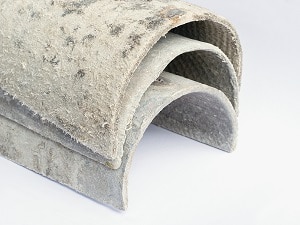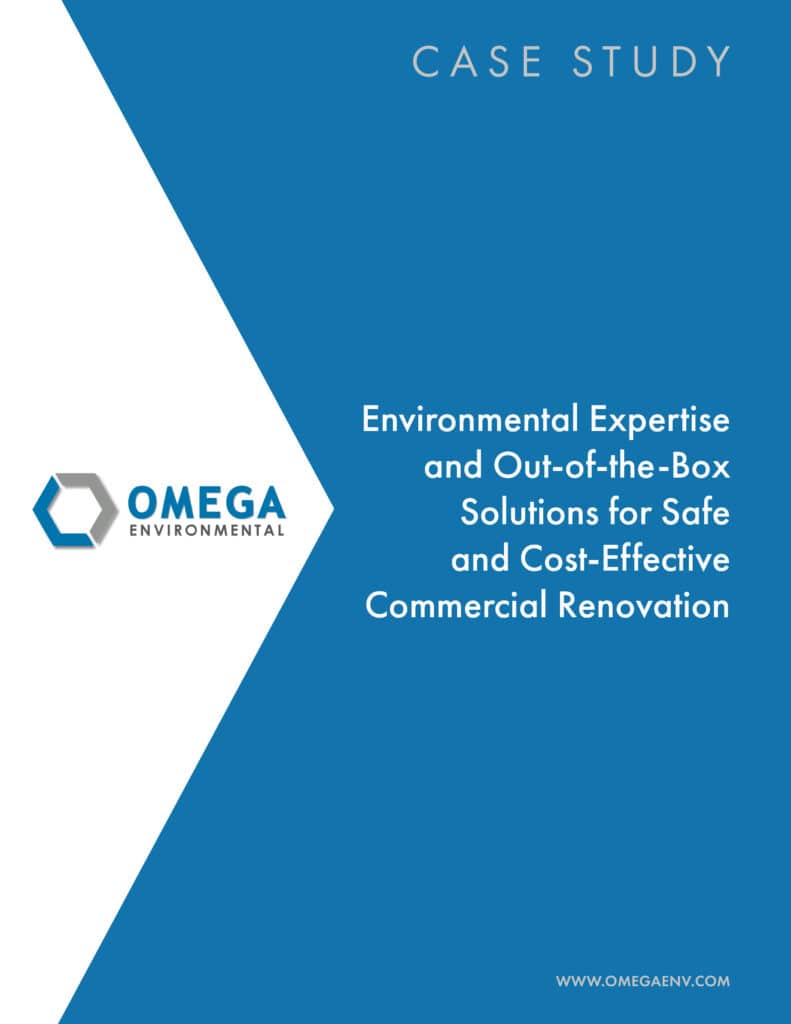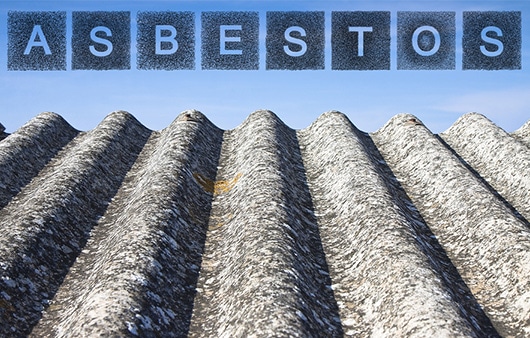Best Practices for Safely Managing Asbestos in Place
As the U.S. Environmental Protection Agency moved last month to begin the process of prohibiting the last known form of asbestos still being imported into the U.S., the challenges for the construction industry are far from settled. The agency’s proposed rule would prohibit the importation, use or manufacturing of chrysotile,…
Read More









